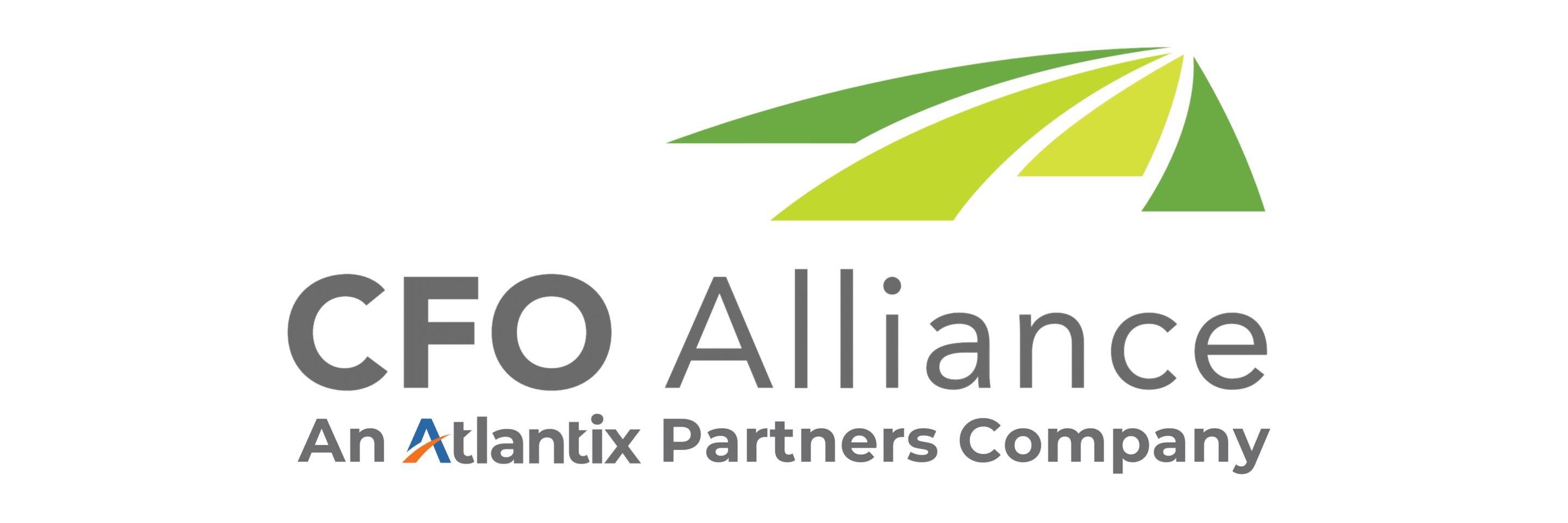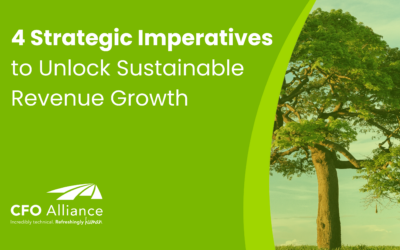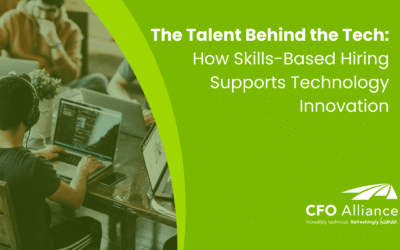The Competitive Edge: How Founders Can Cultivate Growth-Minded Teams
Entrepreneurs know what it means to persist in the face of challenges. They keep innovating, even when things don’t go as planned. They are willing to try new ideas. They don’t give up. This ability to learn from mistakes and keep moving forward is known as a growth mindset. It’s the thinking process that empowers you to view every failure as an opportunity rather than a reason to quit.
The growth mindset makes entrepreneurs resilient and gives them the grit they need to succeed. It separates true innovators from those with a fixed mindset, who believe that talent and ability are inborn and failure is absolute.
Most founders already have an edge when it comes to operating with a growth mindset. It’s why they started a business in the first place. They believe they have what it takes to succeed, and they won’t be discouraged by setbacks.
To gain competitive advantage in today’s market, however, founders need to instill that growth mindset in their teams and their culture as well.
How to Lead with a Growth Mindset
Creativity is a driving force for growth. Creative leaders are learning-agile innovators with the ability to handle complexity and see possibility in every opportunity. But possessing a growth mindset yourself is very different from teaching others to have that same optimism in the face of opposition.
Here’s what a growth-centered leader looks like:
- They lead with an entrepreneurial spirit. These leaders intentionally build agility and collaboration into their company and team culture. They understand that great ideas can come from anywhere, so they encourage all team members to share thoughts, work together, and inspire each other.
- They empower people to grow in their roles. In a growth culture, leaders prioritize professional development opportunities and create a growth trajectory for every team member. They build recognition into their performance management strategy, and they take time to understand and utilize the strengths of individuals.
- They inspire teams with an audacious goal. An audacious goal is something that smacks you in your gut with an emotional appeal: “Just imagine if we could…” Inspirational leaders paint a picture of what the future could look like by celebrating the “why” behind the “what.” Without the Big Why, teams tend to get caught up in analysis and fail to take calculated risks.
- They celebrate small wins and learn from failures. Along with the audacious goal, teams also need the flexibility to try new things and the freedom to fail. Growth-minded leaders accomplish this by recognizing and celebrating wins – even the small ones. And when an individual or a team fails, they view it as a learning opportunity.
How to Cultivate a Growth Mindset In Your Culture
When growth-minded leaders encounter fixed mindsets on their teams, friction and frustration happens. It’s not easy to understand someone else’s perspective, much less change that perspective. Is it even possible? Can leaders teach people to have a growth mindset? Can a fixed mindset be changed?
Absolutely. In their book, Switch: How to Change Things When Change Is Hard, Chip and Dan Heath argue that one of the keys to developing a growth mindset is to reframe failure as part of the change process. When people view failure as an opportunity to learn, they are more likely to persevere (remember Edison’s famous 1,000 ways not to invent a light bulb?). They grow a thicker skin – a buffer against defeat.
The good news? Your team may not be composed of aspiring Edisons, but there are specific, tangible things leaders can do to build a growth mindset into the organizational culture. Here are some of the strategies Chip and Dan Heath recommend:
- Make innovation and growth a matter of cultural identity. We are innovators. We are change-makers. We are leaders. These are identities that inspire team members to find ways through setbacks. Leaders can instill an empowering identity in team members by actively soliciting ideas, taking employee feedback seriously, creating round-table discussions, and celebrating successful outcomes.
- Change the narrative on failure. The essence of a growth mindset is understanding that failure is learning. This is difficult in a results-driven business environment where a failed initiative may carry significant financial impacts. Still, many businesses have found ways to incorporate the struggle as part of the growth process. When employees (and managers) expect setbacks, they are more likely to persevere in finding a solution to the problem.
- Shape the environment. What if your employees just aren’t getting it? Does that mean they are hopeless – a lost cause in the growth mindset endeavor? Of course not! Unfortunately, even the most collaborative leaders are sometimes guilty of attributing outcomes to the way people are rather than to the situation they are in. He’s lazy. She’s stubborn. They just don’t care.
But there are many other reasons an employee may fail to reach expected outcomes. Maybe the software is confusing. Maybe they don’t have the resources they need. Maybe they need clearer direction from leaders. The point is that what looks like a people problem may very well be a situation problem. Adjust the situation, and you’ll get a better outcome.
Take Your Next Step
To build a resilient company, founders need to understand how to cultivate a growth mindset in their teams and their culture. As this growth mindset becomes central to your business model, your team will become more adept at persevering in the face of challenges, learning from their mistakes, and developing new skills and knowledge.
At CFO Alliance, a growth mindset has always been central to our approach in everything we do. No matter how daunting the problem, we find a way to accomplish the mission. If you’re looking for an experienced financial partner with the tech, tools, and talent to make your vision a reality, that’s us. Contact us today to take your next financial step with confidence!
4 Strategic Imperatives to Unlock Sustainable Revenue Growth
4 Strategic Imperatives to Unlock Sustainable Revenue GrowthCreating long-term, sustainable revenue growth takes more...
Future-Proof Your Workforce with a Modern Talent Agenda
Future-Proof Your Workforce with a Modern Talent AgendaWhat does the future of talent look like? It’s a fair question,...
The Talent Behind the Tech: How Skills-Based Hiring Supports Technology Innovation
The Talent Behind the Tech: How Skills-Based Hiring Supports Technology InnovationStaying relevant with technology in...




